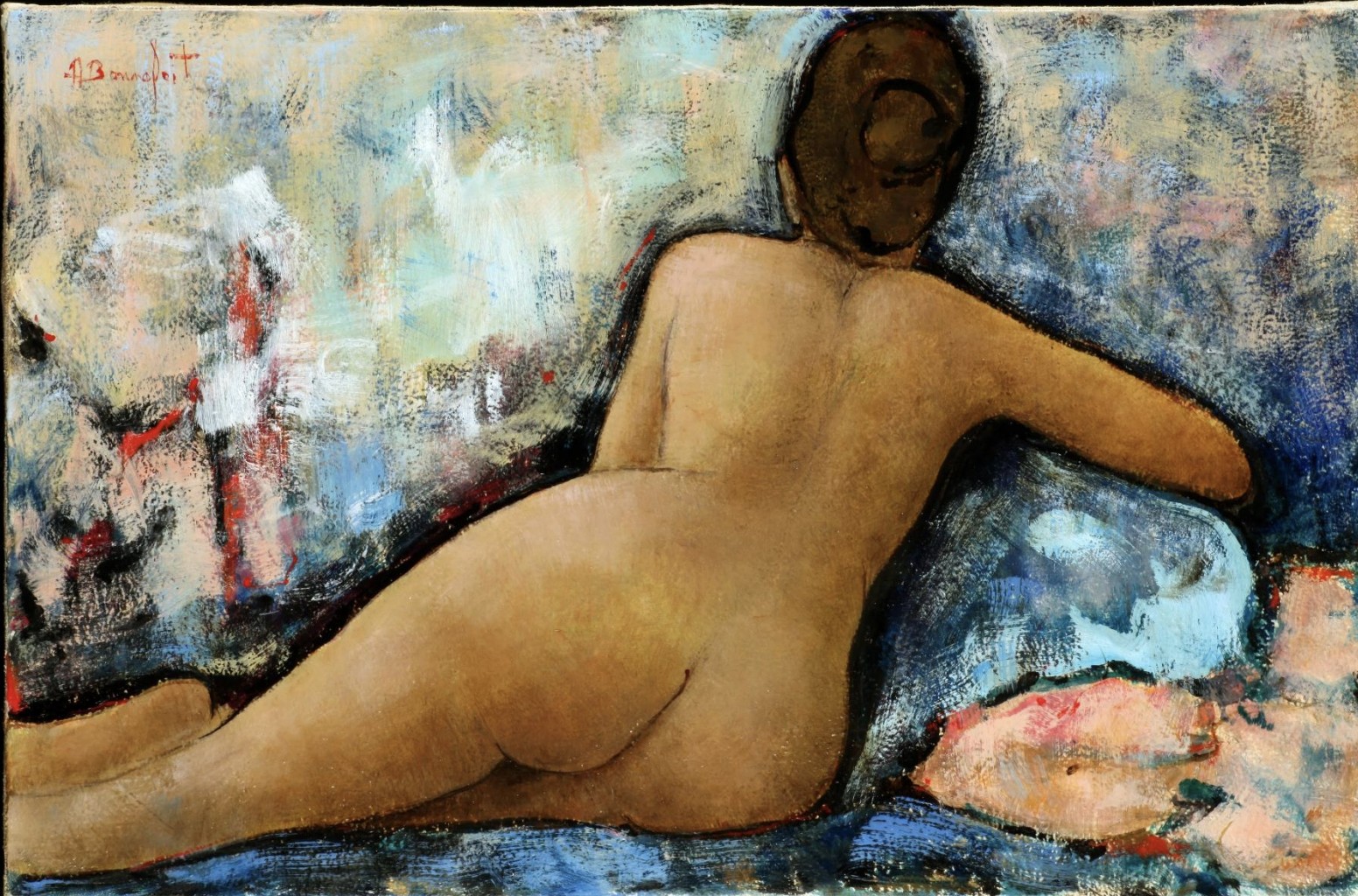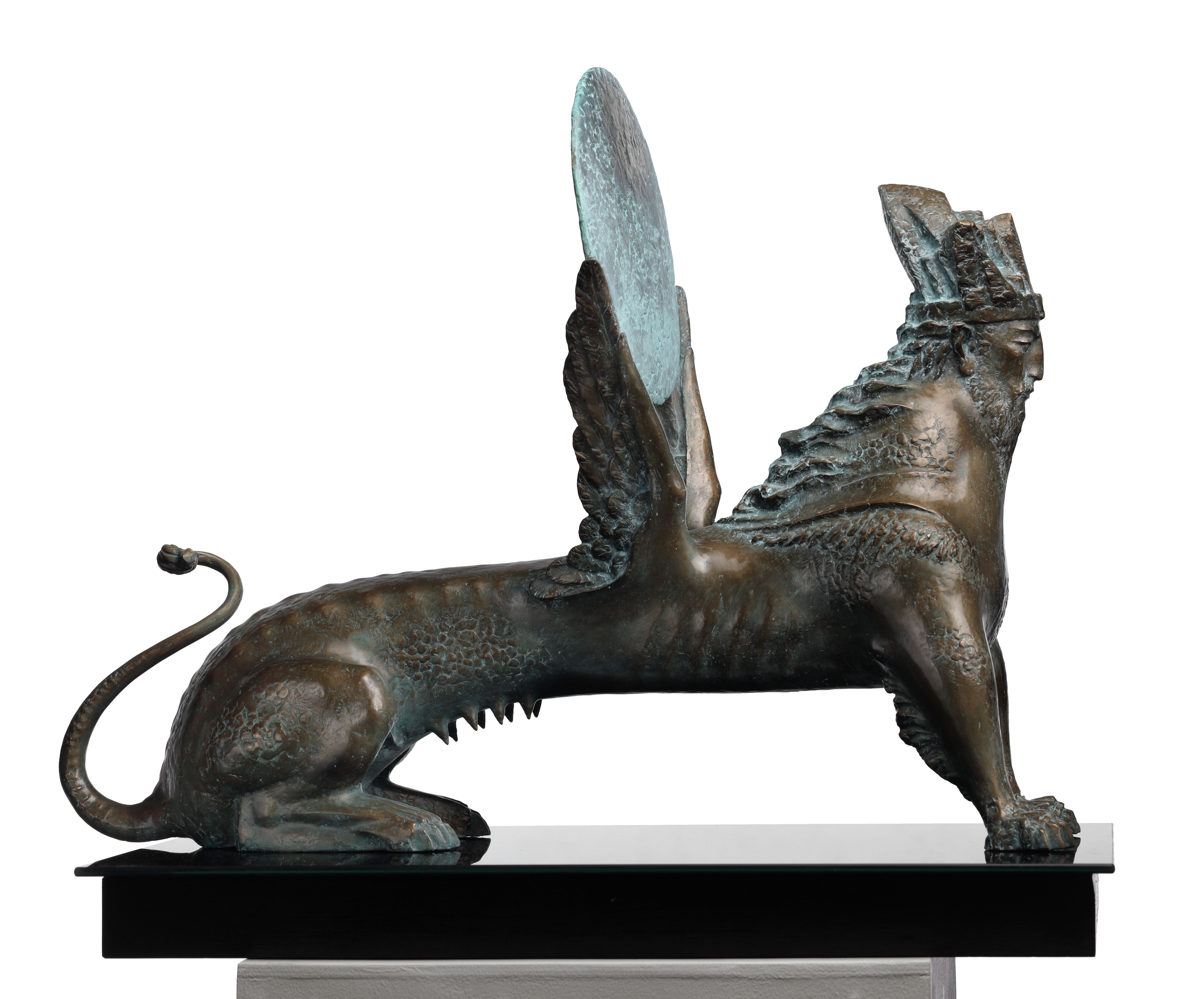Erarta Museum of Contemporary Art opens the exhibition by Petersburg and Hamburg artist Alexander Rumyantsev
- Over 50 paintings of recent years
- The exploration of the nature of art and the relationship between colours
- Personal lyrical expressionism
Alexander Rumyantsev is a prominent figure in the artistic life of Saint Petersburg; at the same time, he is a quiet artist who, for many years, has been developing his deeply personal version of lyrical expressionism.
In 1975, at the age of twenty-four, Alexander graduated from Andrey Mylnikov's workshop in the Academy of Arts. From 1976 to 1984, Rumyantsev taught in his Alma Mater, but eventually he chose the hard life of an artist over an academic career. He had his first solo exhibition in 1991 in Paris; and later he exhibited his works in Saint Petersburg and Hamburg. At present, his paintings are held in the collections of the State Russian Museum, Art Museum of St. Petersburg XX-XXI centuries, The State Museum of the History of St. Petersburg, National Museum of the Republic of Karelia and Erarta Museum of Contemporary Art.
Since 2000 the Hamburg-based artist, has been spending several months a year in Saint Petersburg. The majority of his works, thoughts and feelings are connected to this city.
“Dissolution” exhibition at Erarta Museum presents a selection of over fifty artist’s works of recent years that include landscapes, interiors, self-portraits and compositions.
The interior, represented in this case by almost fully dematerialized rooms and corridors, is a special subject in Rumyantsev’s work akin to inner self-portrait, created in search of lost time. Anatoly Zaslavsky wrote: “Rumyantsev’s rooms seem very familiar to us; we have been in the similar ones many times or, perhaps, even in precisely these rooms. However, Alexander’s pictures show the rooms you cannot enter, unless you have become a glowing phantom. Through these rooms, the artist depicts light; he is incredible careful, very attentive and shuns everything that could damage the fragility of his rooms’ glowing essence. To tell the truth, these are not the rooms at all, but their fragments near the doors and windows, whence the reality dematerializes into light. The light can be hot, orange-lemon or very blue, the evening's colour, or complex pearl grey with an unexpected yellow accent; the room can be illuminated with electric light that underscores the dark purple night outside the window, etc”.
In addition to the interiors that reproduce a personal inner space, the exhibition also displays traditional self-portraits. These works are characterized by the self-knowledge, self-irony, sadness over the irreversibility of time as well as noteworthy plastic and coloristic decisions.
However, it’s a landscape that is represented most fully at the exhibition. There are, on the one hand, Petersburg cityscapes with their yards, roofs, bridges, embankments, the Neva River at night with traces of light from the street lamps, and deserted train stations imbued with a sense of homelessness. They are contrasted with the energetic snowy countryside compositions, sparkling with all shades of white.
These works, varied in subjects and genres, are united by the tone. They demonstrate the major point of Rumyantsev’s artistic approach, which lies not in a genre or a subject, but in the nature of painting itself, the culture of colour relationships, the light, the expression of anxiety, amusement at the phenomena of life and the inner glow of space.











